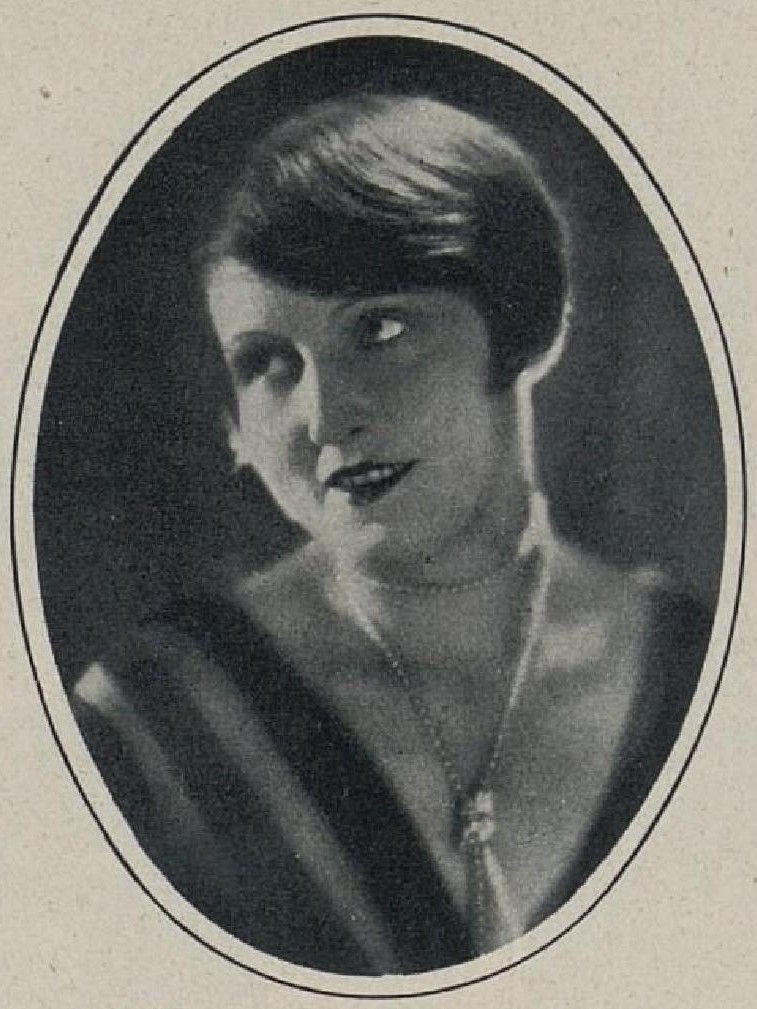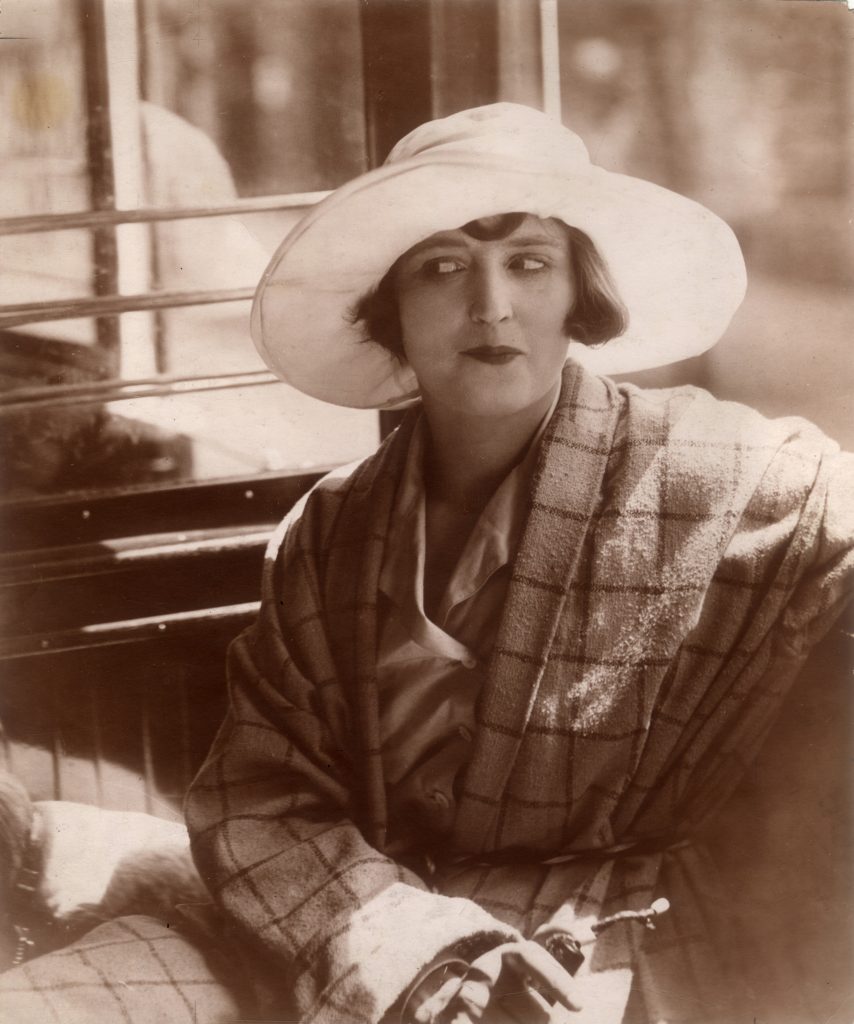To date, there are only about ten women screenwriters known to have worked in the Czech silent film industry. Some of them are more famous today as actresses, directors, or entrepreneurs. This is certainly true of Suzanne Marwille, who is considered to be the first Czech female film star. Less known is the fact that she also had a talent for writing, as well as dramaturgy and casting. Between 1918 and 1937, she appeared in at least forty films and wrote the screenplay for eight of them.
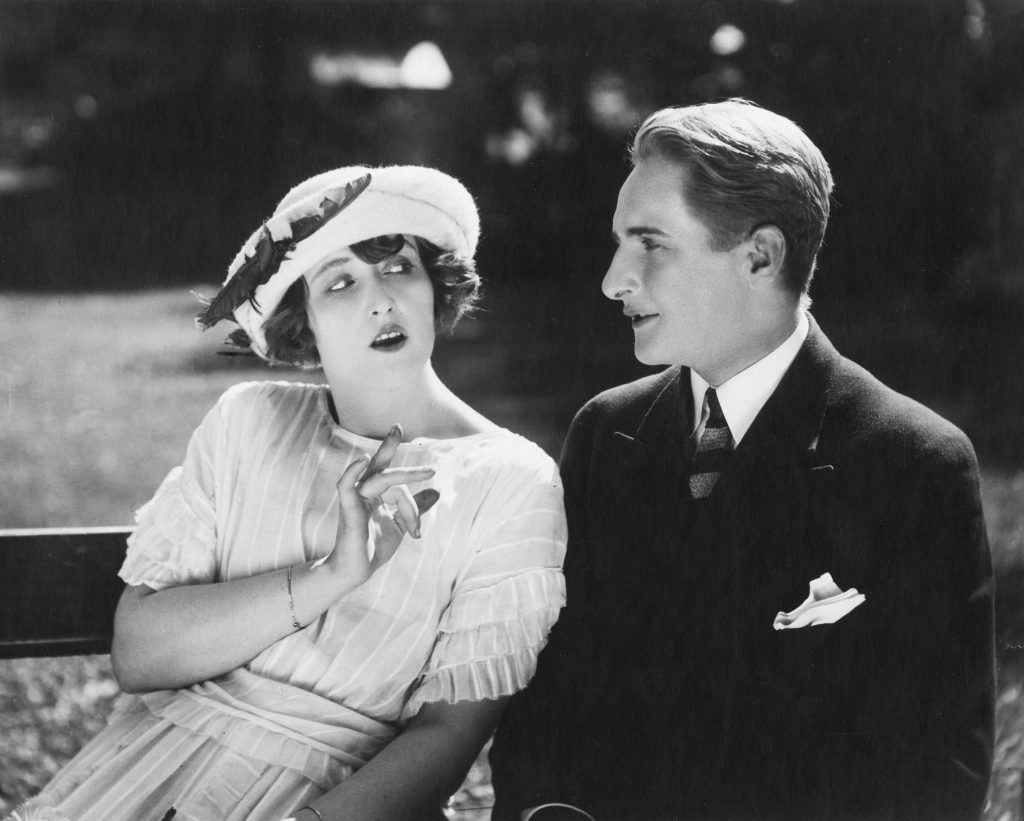
Suzanne Marwille in Láska slečny Věry/The Love of Miss Věra (1922). Courtesy of Národní filmový archiv.
Born Marta Schölerová in Prague on July 11, 1895, she was the second of four daughters of postal clerk Emerich Schöler and his wife Bedřiška Peceltová (née Nováková). There is a scarcity of information about Marta’s early life, but we know that in June 1914, at the age of eighteen, she married Gustav Schullenbauer. According to the marriage registry held at the Prague City Archives, he was then a twenty-year-old volunteer soldier one year into his service in the Austrian-Hungarian army (Matrika oddaných 74). Four months later, their daughter—the future actress and dancer Marta Fričová—was born. The marriage lasted ten years, which coincided with the peak years of Marwille’s career.
As was common at the time, Marwille was discovered in the theater, although probably not as a stage actress. While many unknowns still remain about this occasion, it was reported that film industry professionals first saw her sitting in the audience of a Viennese theater at the end of World War I (“Suzanne Marwille” 2). Not long after, she was cast, together with the popular Czech singer and cabaret performer Ferenc Futurista, in the comedy Ošálená komtesa Zuzana/The Fooled Comtesse Zuzana (1918) and then in the romance Démon rodu Halkenů/The Demon of the Halken Family (1918), which was written by Czech actress Hana Temná.
Marwille’s first two films were directed by Václav Binovec, the founder and main director of the newly-created Wetebfilm, a Czech production company that enjoyed several years of success during the silent era. It was Binovec who shaped Marwille’s star image early on, and came up with her professional name, which was used in the press from the very start of her film career. Binovec had a taste for creating cosmopolitan names; the name of his company was a combination of the letters W (for his Americanized name, Willy, during a trip to the United States), T (for his confirmation name, Tomáš), and B (for his surname) (Bartošek 70). For Marta, he paternalistically gave her part of his own name as “Marwille” is a combination of “Marta” and “Willy.” He complemented this surname with an exotic first name—the French version of the Czech “Zuzana.” The fact that he co-authored her professional name at the very beginning of her career later led to Binovec’s self-confident, albeit partially justified, claims that it was he who made Marwille a star.
Marwille starred in the third film she made for Binovec, the two-reel romantic drama A vášeň vítězí/And Passion Triumphs (1918). In this film, for which Hana Temná also wrote the libretto, Marwille plays the wife of an ignorant banker who chooses a passionate relationship with a man from the Prague underworld over her wifely duties. Initially, the film was banned in Austria for romanticizing Prague criminals (Bartošek 71). It only appeared in the cinemas after World War I when Czechoslovakia gained independence from the Austro-Hungarian Empire. The film uses narrative tropes that would become typical of Marwille’s filmography, as well as other melodramatic films of the time, such as a love triangle, conflict between reason and passion, and stolen identity.
In fact, there is a certain consistency in the types of characters Marwille initially played, which is due, in part, to her constant collaborations with Binovec, who truly shaped her star image and his company around it. She frequently appeared as the femme fatale or vamp whose passionate relationships usually had tragic consequences. Based on the reports and advertising of the time, Marwille became one of the main attractions of Wetebfilm, and Binovec visibly promoted his films in relation to her popular star image, pushing her name to the forefront of all her films and “drumming it […] into the audiences in all [the] free spaces in Prague streets” (Dr. B. R. 132-133). As a key person within the company, Marwille even lent her name to the title of Marwille detektivem/Detective Marwille (1922), a parody of American detective films.
In its search for suitable stories that would resonate with audiences, Wetebfilm focused on light melodramas and adventure narratives. Books by famous authors, both domestic and international, were adapted to increase the company’s prestige and the attractiveness of its productions. For example, the company’s Sivooký demon/The Grey-Eyed Demon (1919) is considered to be one of the very first cinematic adaptations of a classic work of Czech literature. In this lost film, Marwille played a young mother mourning the death of her child. Also considered lost is the adventure drama/spy film Bogra (1919). In the role of a dancer forced to marry a high-ranking official, Marwille continued to develop her acting skills, “which already appeared very promising in The Grey-Eyed Demon,” according to a review in Československý film (“Posudky předváděných filmů” 5). The author of the review elaborated further on his interest in the emerging Czech film star: “Her suggestive appearance is most remarkable in close-ups. The play of her face is so poignant that the subtitles, which are scarce anyway, become completely pointless […] With her perfect acting, elegance and beauty—at times demonic, at other times angelically simple—she has attracted the attention of foreign countries. It would be an irretrievable loss for Czech film had Miss Marwille accepted one of the several tempting offers she received from abroad.”
According to film historian Karel Smrž, Wetebfilm was the only film production company “overcoming the critical period of distrust of Czech film while enhancing its quality to be able to compete with foreign films both in technical and artistic terms” (Film 284-285). Binovec, Smrž argued, was the first “to understand that if we wanted to produce films actively, we had to get them abroad as well. And if we wanted to get them abroad, they had to be international like most films on the global market.” The fear that Marwille’s fame would grow and that Czechoslovakia would soon be too small for her, expressed in the review of Bogra, was a symptom of a relatively early and successful, albeit incomplete, fulfillment of this ambition for Binovec. Thanks to the company’s high-quality films, “his” actress with an exotic-sounding name was soon seen as a world-class star.
The early 1920s saw the biggest boom for Wetebfilm with the commercial success of its most ambitious films. It was also during this time that Marwille exerted more official control in shaping her star image and film roles as a screenwriter, although she was likely involved in writing librettos for and consulting on earlier films without ever receiving credit. Having made Wetebfilm famous with her acting, her need for greater authorial control might have been related to her inability to identify with the heroines of her films, or the types of stories (Hrbas, “Svět Martina Friče” 5). She was not alone in this opinion; in the spring of 1920, an article in Kinopublikum stated: “We know that miracles do not exist, but we do not understand why Miss Marwille cannot find a competent author who would be not only able to write a leading role for the main actress, but also an actual film story, i.e., a dramatic one” (“Suzanne Marville” 3). Marwille ultimately found a competent author in herself.
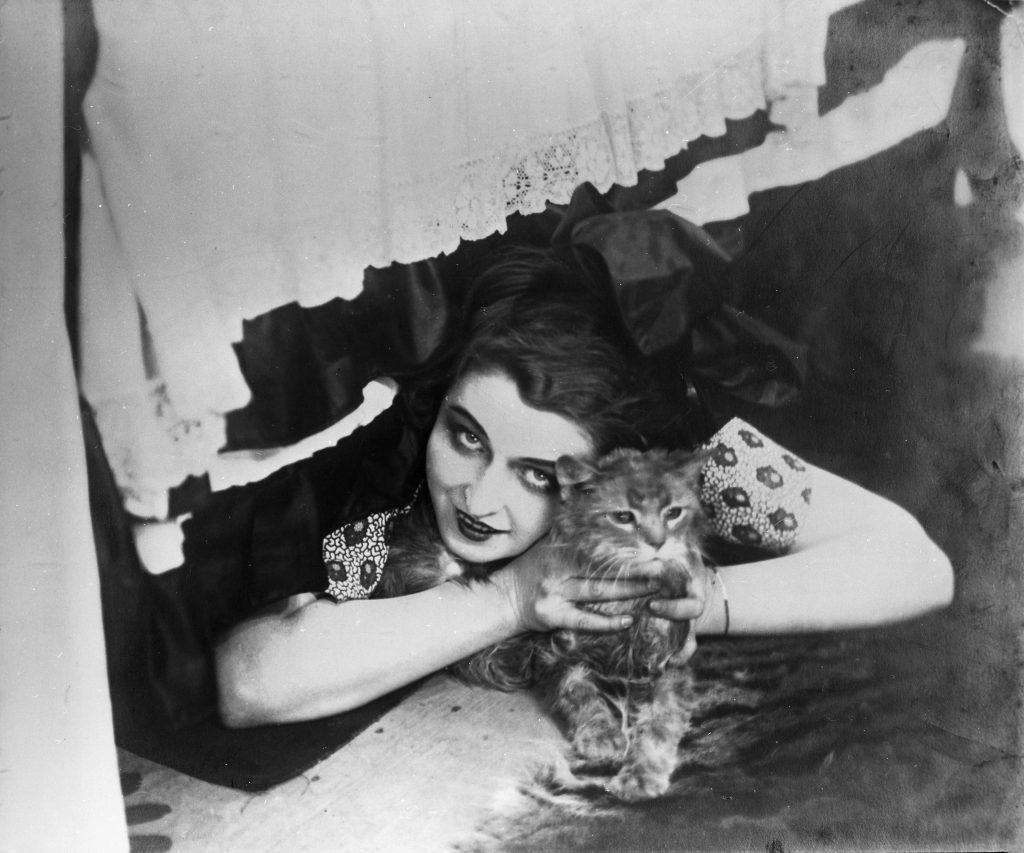
Suzanne Marwille in Irčin románek I/Irča’s Little Romance I (1921). Courtesy of Národní filmový archiv.
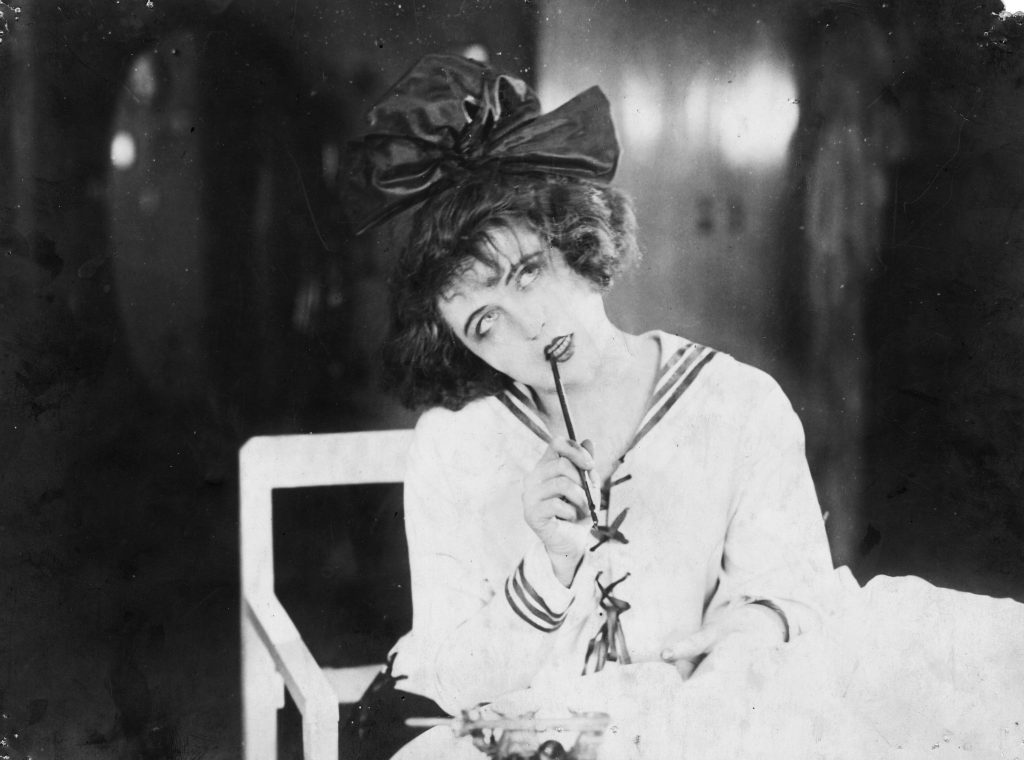
Suzanne Marwille in Irčin románek I/Irča’s Little Romance I (1921). Courtesy of Národní filmový archiv.
The actress, who had originally wanted to devote herself solely to a career in literature, grew up admiring feminist writer Růžena Svobodová, the founder of the magazine Lípa, whose work often focused on modern women who did not submit to men (Hrbas, “Svět Martina Friče” 4-5). As a child, Marwille wrote letters to the magazine, and so it is not surprising that, in 1921, she made her screenwriting debut with Černí myslivci/Gamekeepers in Black, an adaptation of an anthology of short stories by Svobodová. Marwille was reportedly very well-read in world literature, and her other early attempts at screenwriting reflect this. For example, she also wrote the screenplay for the drama Román boxera/Boxer’s Novel (1921), an adaptation of George Bernard Shaw’s nineteenth-century novel Cashel Byron’s Profession, and the screenplay for Poslední radost/Last Joy (1921), which was based on a novel of the same name by Knut Hamsun. In addition to providing the script for the latter, it is likely that she was the one who initially encouraged Binovec to adapt Hamsun’s story (Dr. B. R. 133).
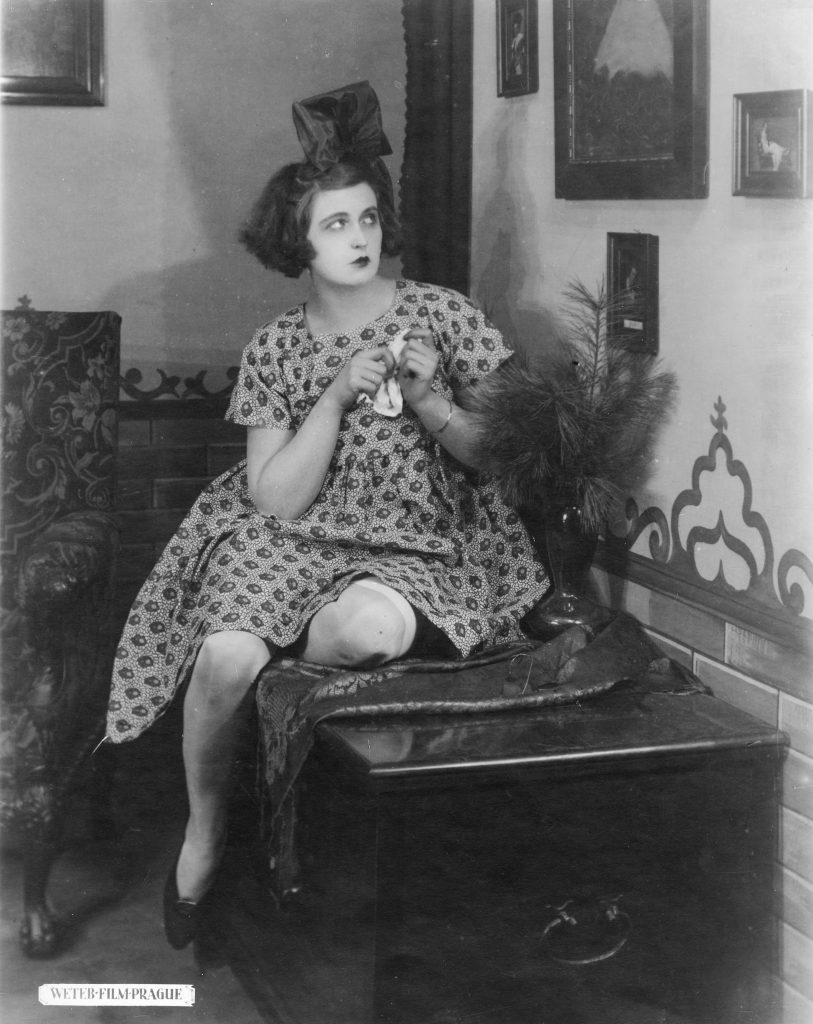
Suzanne Marwille in Irčin románek I/Irča’s Little Romance I (1921). Courtesy of Národní filmový archiv.
Marwell also wrote the screenplay for the popular Irčin románek I/Irča’s Little Romance I (1921), adapting the story from a book of the same name by Josef Roden, a popular author of stories for young adults. The character of sweet high school student Irča represented Marwille’s attempt to play a new type of heroine and added the role of a charming young girl to the actress’s portfolio. The Czech publisher and writer Otakar Štorch-Marien, a great admirer of Marwille, later speculated that with her independent, sweet, and cheeky manner, Irča appealed to girls of the same age, presenting an alternative role model not common at the time (126). This role seems to be much more in line with Marwelle’s off-screen personality, which sources have characterized as, among other qualities, independent, intelligent, witty, and athletic (Smrž, Dějiny filmu 28; Hrbas, “Martin Frič. Lidový vypravěč IV” 184), with the “agility and boldness of a true Amazon” (ský 7). Unfortunately, Marwille’s follow-up to Irča’s story, Irčin románek II/Irča’s Romance II (1921), is considered lost.
As individuals who knew Marwille recollected, she resisted the conventional idea of “womanhood” (Štorch-Marien 126), and her creative interest in challenging gender roles is evident in the subversive 1922 cross-dressing comedy Adam a Eva/Adam and Eve. Marwille based her screenplay on a story by Jarmila Hašková, and the film follows two identical twins who play pranks on each other by pretending to be one another in order to get away with something, eventually sabotaging each other’s efforts to establish a romantic relationship. The twins as children are played by Marwille’s daughter Marta. Their sixteen-year-old teenage versions are played by Marwille, who switches between female and male poses, gestures, and costumes with extraordinary vigor. The film boldly plays with gender stereotypes, raising the question of whether the male and female identities are derived from clothes and behavior rather than any biological predispositions. By playfully amplifying the attributes commonly associated with each gender, the film reveals their artificiality. In addition to the frequent changing of clothes and hairstyles, the performative nature of gender is emphasized with Marwille, as both Adam and Eve, breaking the fourth wall several times, looking directly into the camera to find reassurance about her identity.
In November 1922, Binovec announced to the film press that he was leaving for Berlin to meet contractual obligations (Bartošek 77). At the same time, due to economic hardship, he decided to voluntarily liquidate Wetebfilm. (He gradually abandoned film production and ran only a rental company specializing in the import of Soviet films.) Faced with a lack of film roles, other actors and actresses at the company returned to the stage. However, this was not an option for Marwille, who likely had no experience with theater acting. Having rejected an offer from Pathé frères to make films in Paris (Svoboda 25), she accompanied Binovec to Germany.
As early as December 1922, Marwille was at work in Germany, making a film based on Friedrich Schiller’s unfinished eighteenth-century novel Der Geisterseher. It was Binovec who got her the role, and later she made more films with him at the Berlin Kinegrafia Atelier, such as the romantic drama Madame Golvery (1923), a Czech-funded film based on an original libretto by Otakar Štorch-Marien. Marwille worked as a film actress in Germany for three years, and appears to not have written any scripts while there. However, during this period, Czechoslovakian audiences saw the premiere of Láska slečny Věry/Miss Vera’s Love (1922), which was made before Marwille left the country. In this now lost film, which Marwille wrote, she played the lead, a young village girl sent by her parents to study in Prague. With the character of Vera, like her playful and wild portrayal of Irča, Marwille had the chance to “show all the varieties of her acting nuances, smiles and movements, letting out a geyser of youthful freshness” (F. L. M. 14).
Marwille’s return to Czechoslovakia in 1925 marked the end of her fruitful partnership with Binovec. Unfortunately, there was a legal epilogue to their long collaboration with Marwille seeking to recover unpaid fees from her former business partner (Bartošek 71). Although little is known about the nature of their dispute, it is possible that Marwille felt her contributions to Wetebfilm were not (financially) valued enough.
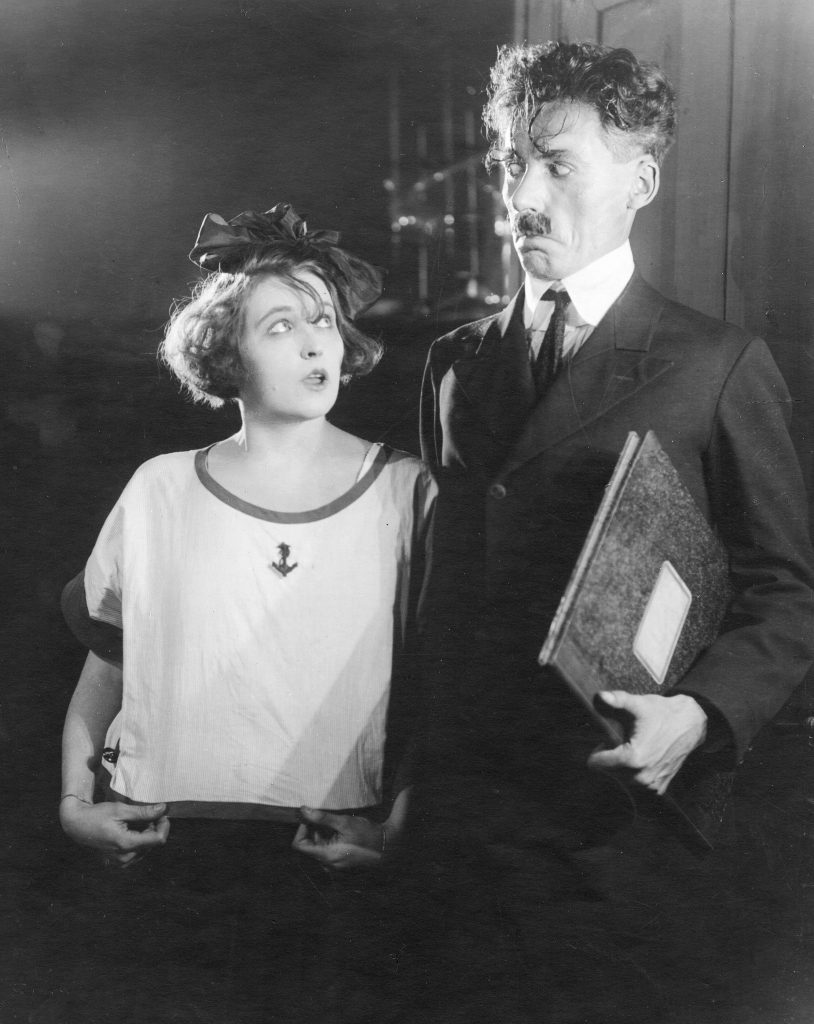
Suzanne Marwille in Láska slečny Věry/The Love of Miss Věra (1922). Courtesy of Národní filmový archiv.
Around 1926, Marwille married for the second time. Her husband, and the father of her daughter Eva, was the civil engineer František Hess. In the years following the end of her partnership with Binovec, Marwille’s screen appearances began to decrease. She no longer had a permanent contract at a single company, instead working with different ones. This period also seems to mark the end of any official behind-the-scenes involvement as a writer; she is not directly credited as a screenwriter on any film not made by Binovec.
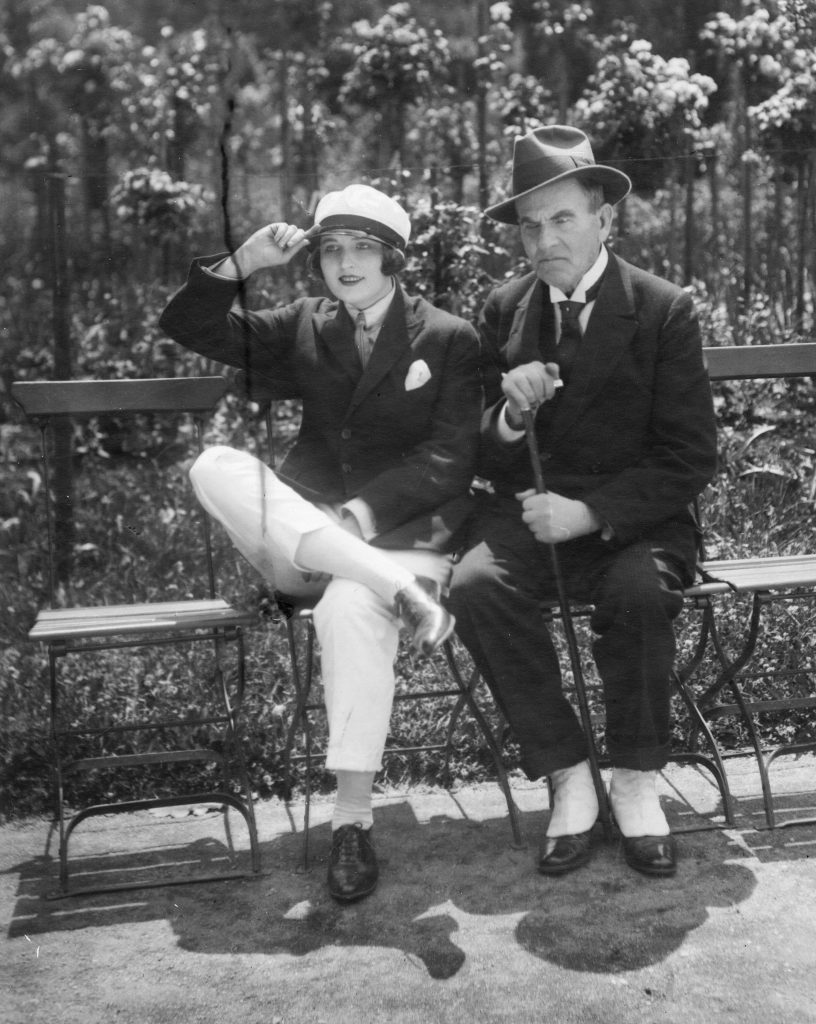
Suzanne Marwille in Láska slečny Věry/The Love of Miss Věra (1922). Courtesy of Národní filmový archiv.
In 1928, Marwille married again, this time to the director and screenwriter Martin Frič, who would make some of the most critically- acclaimed films of her late career. The first to premiere was one he wrote, Dům ztraceného štěstí /The House of Lost Happiness (1927), which was well received by critics. Marwille then appeared in the melodrama Životem vedla je láska/Love Led Them Through Life (1928), also scripted by Frič. In this film, she plays one of two friends who leave their home in the village together in the hopes of finding love and happiness in the city. Instead, they face several problems with lovers, children, and jobs.
In 1929, Frič directed two more films featuring his wife, starting with Varhaník u sv. Víta/The Organist at St. Vitus’ Cathedral. With her hair cut short, reminiscent of Louise Brooks, Marwille plays the foster child Klára. Her face, often intently looking directly at the camera, is frequently captured in close-up, perhaps in an attempt to remind audiences of her presence after many years out of the spotlight. However, it was Frič whose fame and career grew as a result of The Organist, and he eventually proved himself to be one of the great filmmakers of Czechoslovak cinema. The second film the couple made that year was Chudá holka/Poor Girl, an expressive melodrama in which Marwille again plays a village girl who tries to make it in the city but who ultimately falls prey to several men.
With the advent of sound, Marwille’s career basically came to an end. She only appeared in three more films by Frič: Sestra Angelika/Sister Angelika (1932), Pobočník jeho výsosti/Adjutant to His Highness (1933), and Hordubalové/The Hordubals (1937). Even though she did not appear in many films, she remained active in the film industry during this period. For instance, in 1931, she became a member of the ČEFID, a Czech film co-operative that was founded by screenwriter Václav Wassermann and chaired by Frič. The co-operative worked with local production and rental companies, as well as cinemas, to ensure capital for domestic productions (Zdražilová v).
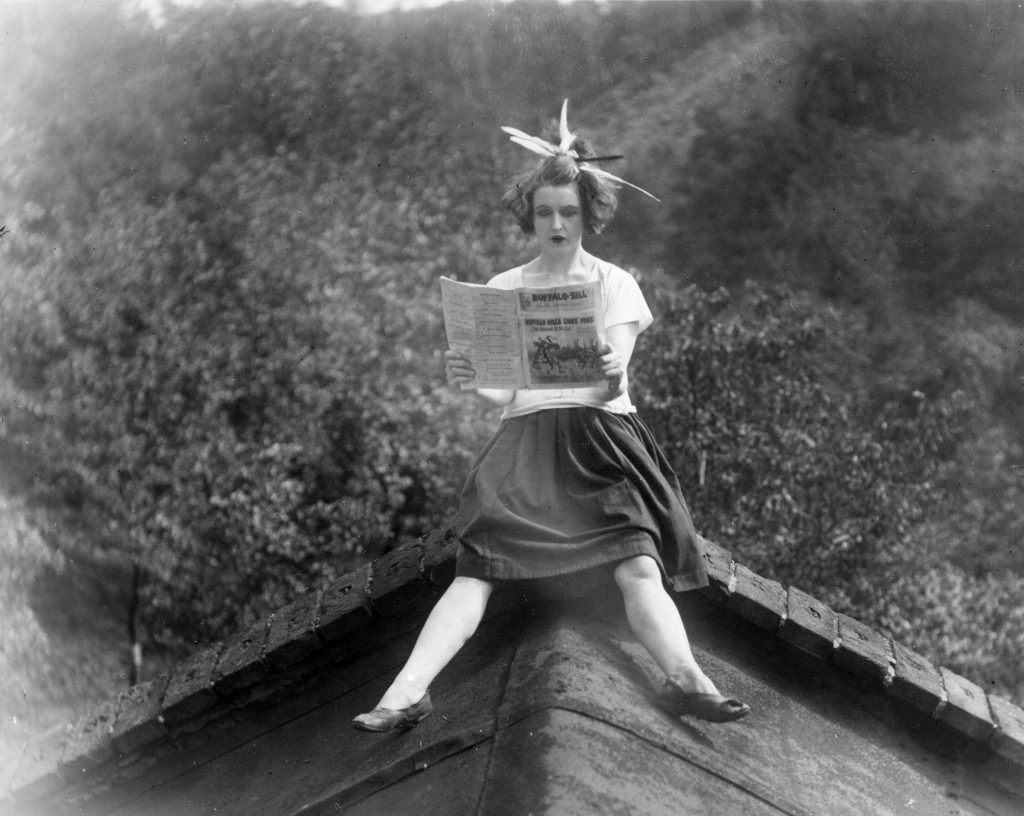
Suzanne Marwille in Láska slečny Věry/The Love of Miss Věra (1922). Courtesy of Národní filmový archiv.
Marwille’s artistic contributions to her husband’s sound films remain an under-explored part of her career. In his series of essays about Frič, Jiří Hrbas called Marwille a “special engine of Martin’s life” and his “wife, friend, colleague, inspirer and creative partner” (“Svět Martina Friče”4). Another of Hrbas’s written recollections, speaking to the fact that casting was very important to the filmmaker, admitted that Frič often followed the recommendations of his wife, who “had a very strong instinct when it came to different types of people” (“Martin Frič. Lidový vypravěč” 16), and was “very sensible and capable in assessing the character and artistic talents of people” (“Martin Frič. Lidový vypravěč II” 69). Additionally, according to Hrbas, Marwille not only advised Frič in casting, but also in film dramaturgy. Writing about her behind-the-scenes contribution to the popular comedy Škola, základ života/School is the Foundation of Life (1938), Hrbas explained, “Suzanne Marwille kept reminding them that the plot had to be structured in a closer, more compact and more robust way” (“Martin Frič. Lidový vypravěč II” 75). Frič continued to work as a director until his death in 1968. Considering that they were partners both in their personal and professional lives, one can assume that Marwille, who passed away in 1962, also remained active in the Czechoslovak cinema industry, albeit no longer as one of its brightest film stars and screenwriters, but as one of the many women in the background who have yet to be fully appreciated.

